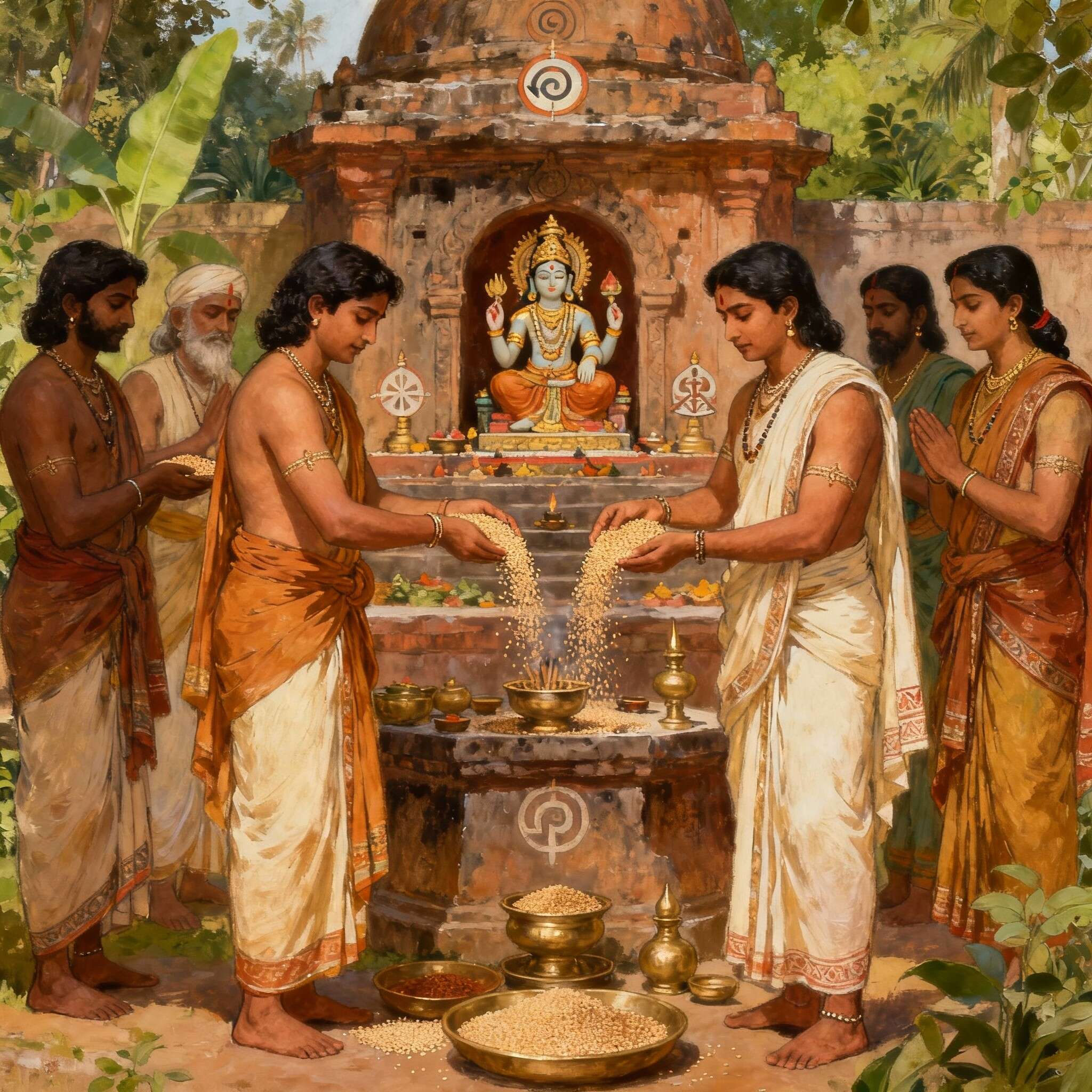India’s love affair with rice

Rice holds a unique place in India, not just as a staple but as a symbol of life and abundance. In the Rig Veda, it is mentioned as vrihi, revered and often offered to the gods during festivals and rituals. Across households, rice takes the form of kheer or payasam, sweet dishes that remain sacred and celebratory. From daily meals to grand feasts, we cannot imagine life without our pulaos, biryanis, or simple steamed rice. Its varieties-white, red, black, or brown-spark endless debates about which is healthiest or most flavorful, reflecting the deep connection Indians have with this grain.
Rice is more than sustenance; it is a cultural identity. It marks rituals, celebrations, and traditions, threading through stories, songs, and communal meals. In this newsletter, we will explore how rice in India transcends food, shaping customs, heritage, and even social bonds. Its presence is both humble and profound, anchoring daily life while connecting us to centuries of history.
Read more at: 10 unique varieties of rice from across India
Which is the most expensive rice in the world?
Read full article: Which is the most expensive rice in the world?
Red, Brown, White or Black: Which is the best rice
Read full article: Red rice vs brown rice vs white rice vs black rice
Types of Biryanis that India cooks
Biryani is more than just a dish, it’s a story of local flavors and cooking traditions. Take Hyderabad, for instance: its dum biryani layers marinated meat with long-grain basmati and saffron, and letting it rest for a few minutes after cooking makes the aroma truly come alive. In contrast, Kolkata biryani is lighter, subtly spiced, and often includes potatoes, making it both filling and budget-friendly.
Read full article: 6 types of biryanis from different parts of India
Disclaimer
Views expressed above are the author’s own.
END OF ARTICLE





